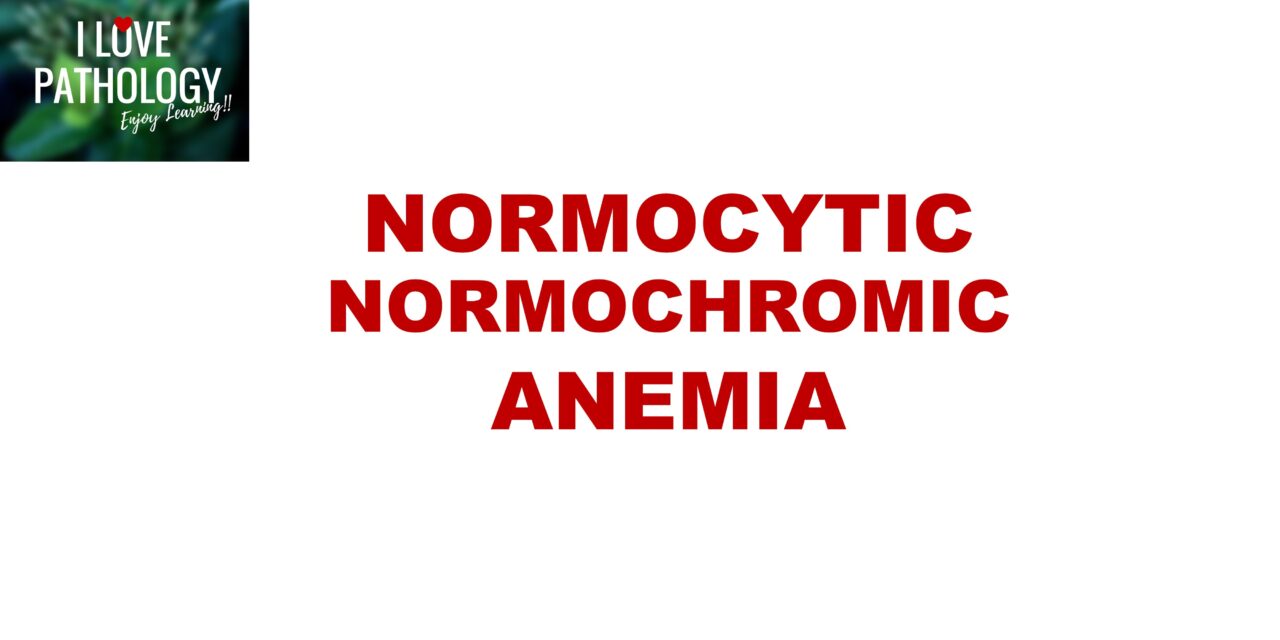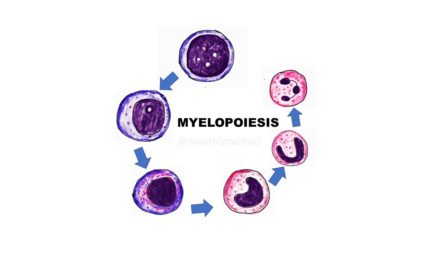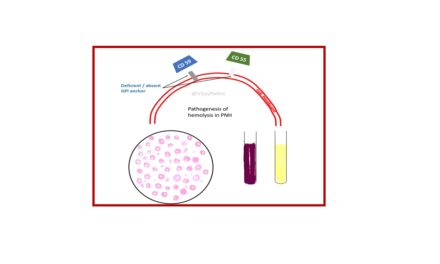What is normocytic normochromic anemia
Normocytic normochromic anemia is a type of anemia characterized by red blood cells (RBCs) that are of normal size (normocytic) and have a normal hemoglobin content (normochromic).
However, The diagnostic criteria as devised by Bonnet JD 1 include
1. Hemoglobin value concentration less than the value appropriate for the patient’s sex and age
2. MCV 80 to 90 fl.
3. MCHC greater than 30%
What are the causes of normocytic normochromic anemia?
There are several potential causes of normocytic normochromic anemia, including:
1. Acute blood loss: Sudden and significant blood loss, such as from trauma, surgery, or gastrointestinal bleeding, can lead to normocytic normochromic anemia.
2. Chronic diseases: chronic kidney disease, chronic inflammation (e.g., rheumatoid arthritis, lupus), and chronic infections, can cause normocytic normochromic anemia due to the effects on the production, survival, or utilization of RBCs.
3. Hemolytic anemia: Hemolytic anemias are conditions characterized by premature destruction of RBCs. Some forms of hemolytic anemia, such as autoimmune hemolytic anemia or hereditary spherocytosis, can present with a normocytic normochromic blood picture.
4. Bone marrow disorders: Certain conditions affecting the bone marrow can result in normocytic normochromic anemia. Examples include aplastic anemia (failure of the bone marrow to produce enough RBCs), myelodysplastic syndromes (disorders of abnormal blood cell production), and early stages of some leukemias.
5. Endocrine disorders: Endocrine disorders, such as hypothyroidism and adrenal insufficiency, can cause normocytic normochromic anemia as a result of impaired RBC production or survival.
6. Nutritional deficiencies: Certain nutritional deficiencies, such as deficiencies in vitamin B12, folate, or copper, can lead to normocytic normochromic anemia in the early stages.
7. Medications and toxic exposures: Some medications, such as certain chemotherapeutic agents or certain antibiotics, can cause normocytic normochromic anemia as a side effect. Exposure to toxins, such as lead or certain chemicals, can also lead to this type of anemia.
What is the pathogenesis of normocytic normochromic anemia
The pathogenesis varies depending on the underlying cause. These include
1. Reduced erythropoietin levels: In CKD, the kidneys’ ability to produce erythropoietin (a hormone that stimulates red blood cell production) may be impaired. Reduced erythropoietin levels can lead to decreased production of red blood cells in the bone marrow, resulting in normocytic normochromic anemia.
2. Increase in pro inflammatory cytokines :
Conditions associated with chronic inflammation, such as rheumatoid arthritis, lupus, or inflammatory bowel disease, can lead to normocytic normochromic anemia.
Inflammation affects the normal functioning of the bone marrow, leading to decreased production of red blood cells.
Additionally, inflammatory cytokines can upregulate the expression of Hepcidin. Hepcidin is the main modulator of iron metabolism. So, increased hepcidin, leads to iron trapping within macrophages and hepatocytes, impairing the utilization of iron for RBC production.
3. Invasion/ Infiltration of Bone marrow/ destruction of red blood cells:
Certain chronic infections, such as HIV/AIDS or chronic hepatitis, can contribute to normocytic normochromic anemia. Infections can induce inflammation and affect the bone marrow’s ability to produce red blood cells. Furthermore, some infections can directly invade and destroy red blood cells, leading to anemia.
How is a case of normocytic normochromic anemia evaluated?
Once normocytic normochromic anemia is confirmed, the next step involves performing a reticulocyte count. Subsequently, based on the reticulocyte count values, the following differential diagnoses should be considered and evaluated accordingly as illustrated below.






